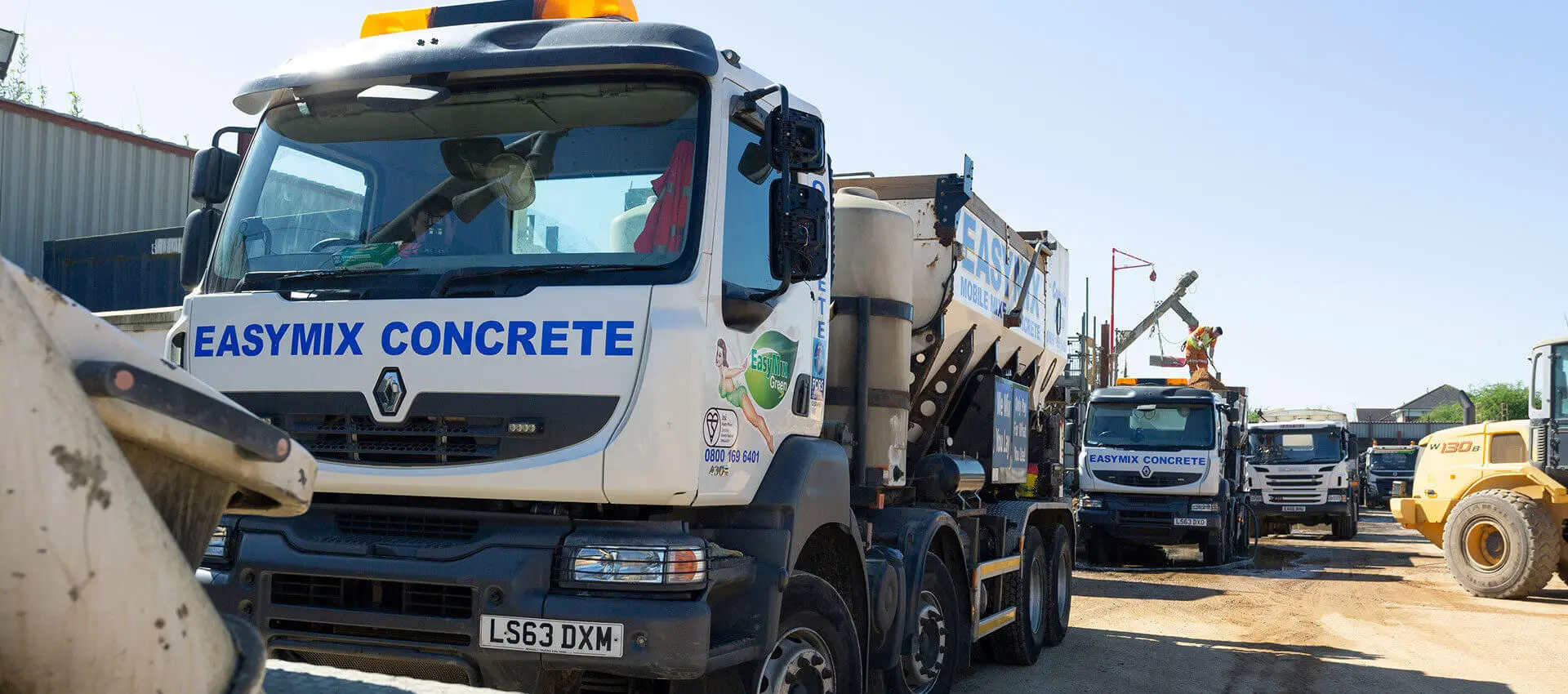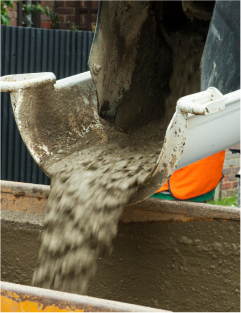
WHAT MAKES CONCRETE STRONG?
We all know that concrete is a strong, reliable material. It’s why, as a species, we’ve been able to create some of the greatest man-made structures around the world. It’s also helped to create really practical, long-lasting structures such as homes, pavements and bridges – and let’s not forget the massive volumes of concrete used to make dams.
But what, exactly, is it that makes concrete so strong?
This month at EasyMix Concrete, we’ll take you through how concrete is made, the science behind its strength and the future of concrete, to help you better understand where that key benefit comes from.

How is concrete made?
You might not be aware of this, but the production process of the concrete itself plays a huge role in creating the strength we need for a sturdy construction.
It begins quite simply, with a cement powder and water, which creates a paste material. This, mixed with aggregates – small, large or a combination – results in a chemical reaction between the ingredients, with the paste coating the aggregates. We call this ‘hydration’, where the whole mixture hardens, creating the strength we’ve come to rely on.
What is hydration, you ask? We’ll tackle that next.
The science behind the strength
The overview of how concrete is made is quite simple, but the science is a little trickier.
There are two parts to the concrete mixture, which we call a composite. The first is the cement and water paste, called a binder, the second is the filler, which is the aggregate. When the two are combined, the water molecules in the paste ‘hydrate’ the filler, which then allows for curing to occur, creating the bond.
Ready to delve deeper?
Within the cement, there is something called tricalcium silicate, which contains the important stuff to release in the reaction: calcium ions, hydroxide ions and heat (this release of heat is why it’s called an exothermic reaction). The mixture becomes saturated with the ions and creates calcium silicate hydrate, and as this progresses the material thickens, blocking up more and more of the water molecules to create a low-porous material. This means you get a strong, secure structure once the curing process is complete.
Can concrete be made stronger?
Concrete has remained fairly similar for a long time because of how successful it is. But if you want to make stronger concrete, it’s possible. A high-strength concrete can be made by adjusting the levels of the different ingredients.
You can learn more about the different types of concrete, their strengths and their applications via our dedicated page on the subject: Types of Concrete, Their Strengths & Applications.
What about the future of concrete?
Well, as we’ve already mentioned, you can achieve a lot by adjusting the mixture. But, a recent industry development in the last decade, however, is self-healing concrete, which works to fill in any cracks with a chemical reaction. This is a further adaptation to improve the strength of concrete.
As a leading supplier for Hertfordshire, Milton Keynes, Bedford and Northants, you can rely on our experience and industry expertise for the perfect pour, every time.
If you need reliable concrete mixed to specific strengths, or if you’re unsure what you need and want advice for your project, call our team today.
Call us on 0800 169 6401
Locate your nearest branch
Find out if we deliver concrete to your area
Concrete Calculator
Calculate how much you will need
fast, reliable delivery!

This website uses cookies to enhance your browsing experience and deliver personalised ads. By clicking “Accept All Cookies”, you agree to the storing of cookies on your device to enhance site navigation, analyse site usage, and assist in our marketing efforts.


